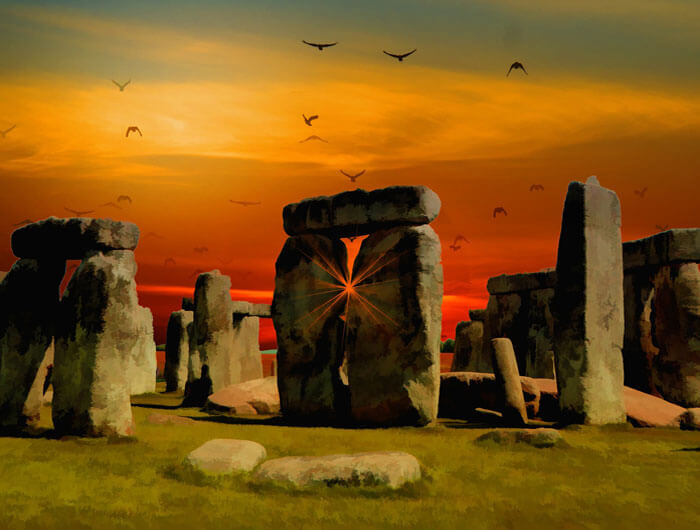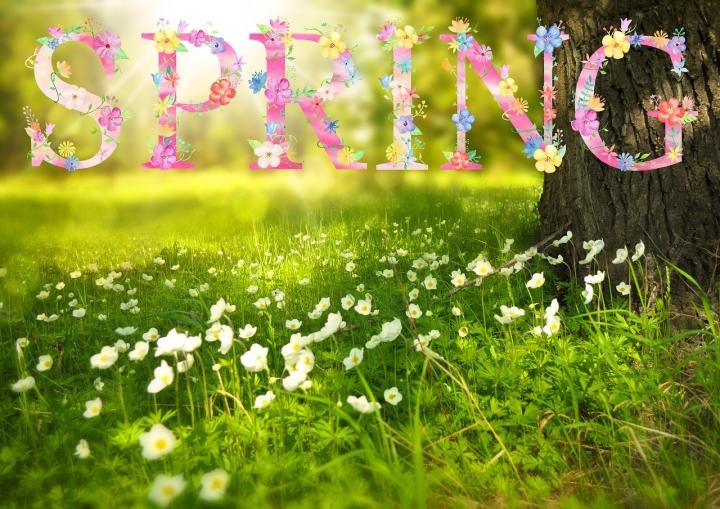What Will Happen On Spring Equinox: Date, Time, First Day Of Spring
 |
| What Will Happen On Spring Equinox 2022: Date, Time, First Day Of Spring. Photo KnowInsiders |
In 2022, the spring equinox occurs on Sunday, March 20. This event marks the astronomical first day of spring in the Northern Hemisphere and the start of the spring season. What does equinox mean? What happens on the equinox? What determines the first day of spring?
What Does Spring “Equinox” Mean, Exactly?
The word equinox comes from the Latin words for “equal night”—aequus (equal) and nox (night).
On the equinox, the length of day and night is nearly equal in all parts of the world.
With the equinox, enjoy an increasing amount of sunlight hours, with earlier dawns and later sunsets! See your personalized Sun rise and set calculator.
What Is the Spring Equinox?
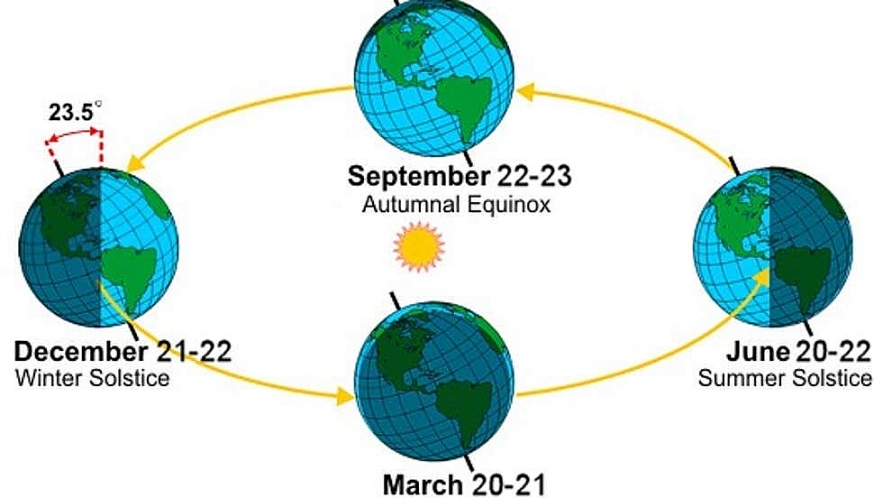 |
| Photo there is a day for that |
In the Northern Hemisphere, the March equinox (aka spring equinox or vernal equinox) occurs when the Sun crosses the equator line, heading north. This event marks the start of the spring season in the northern half of the globe. After this date, the Northern Hemisphere begins to be tilted more toward the Sun, resulting in increasing daylight hours and warming temperatures. (In the Southern Hemisphere, it’s the opposite: the March equinox marks the start of autumn, as the Southern Hemisphere begins to be tilted away from the Sun.)
When Is the First Day of Spring?
In 2022, the March equinox happens on Sunday, March 20, at 11:33 A.M. EDT. In the Northern Hemisphere, this date marks the start of the spring season.
In the Southern Hemisphere, the March equinox marks the start of autumn, while the September equinox marks the start of spring.
 |
| Photo there is a day for that |
Spring Equinox Dates and Times | ||
|---|---|---|
| Year | Spring Equinox (Northern Hemisphere) | Spring Equinox (Southern Hemisphere) |
| 2022 | Sunday, March 20, at 11:33 A.M. EDT | Thursday, September 22* |
| 2023 | Monday, March 20, at 5:24 P.M. EDT | Saturday, September 23 |
| 2024 | Tuesday, March 19, at 11:06 P.M. EDT | Sunday, September 22 |
| 2025 | Thursday, March 20, at 5:01 A.M. EDT | Monday, September 22 |
| Does Spring Begin on March 1 or on the Equinox? Well, both. The answer depends on your definition of “spring.” Both dates are accurate; they’re just from different perspectives. We’ll explain … Astronomically speaking, the first day of spring is marked by the spring equinox, which falls on March 19, 20, or 21 every year. The equinox happens at the same moment worldwide, although our clock times reflect a different time zone. And, as mentioned above, this date only signals spring’s beginning in the Northern Hemisphere; it announces fall’s arrival in the Southern Hemisphere. Interestingly, due to time zone differences, there isn’t a March 21 equinox in mainland U.S. during the entire 21st century! We won’t see a March 21 equinox again until 2101. Meteorologically speaking, the official first day of spring is March 1 (and the last is May 31). Weather scientists divide the year into quarters to make it easier to compare seasonal and monthly statistics from one year to the next. The meteorological seasons are based on annual temperature cycles rather than on the position of Earth in relation to the Sun, and they more closely follow the Gregorian calendar. Using the dates of the astronomical equinoxes and solstices for the seasons would present a statistical problem, as these dates can vary slightly each year. |
What Will Happen On Spring Equinox Day?
Longer Days Shorter Nights in Northern Hemisphere
There are two ways to practically observe the first day of Spring. First, you will feel that the weather starts to turn warmer, trees begin to grow their leaves, plants start to flower, etc. Second, You can notice that the days are getting longer and the nights are getting shorter.
In other words, after Spring equinox 2022, as the sun will start to move northward, the days will become longer and longer with each passing day. Not to mention, for the people living in the northern hemisphere, this process of longer days shorter nights will go on until the arrival of the June solstice.
Not every place gets equal night and day
The equal night and day split between the northern and southern hemispheres isn't distributed evenly across all parts of the world. Though every region gets approximately 12 hours of sunlight the day of the vernal equinox, some places get a little more (the day is about 12 hours and 14 minutes in Fairbanks, Alaska), and some get less.
You Can Balance An Egg
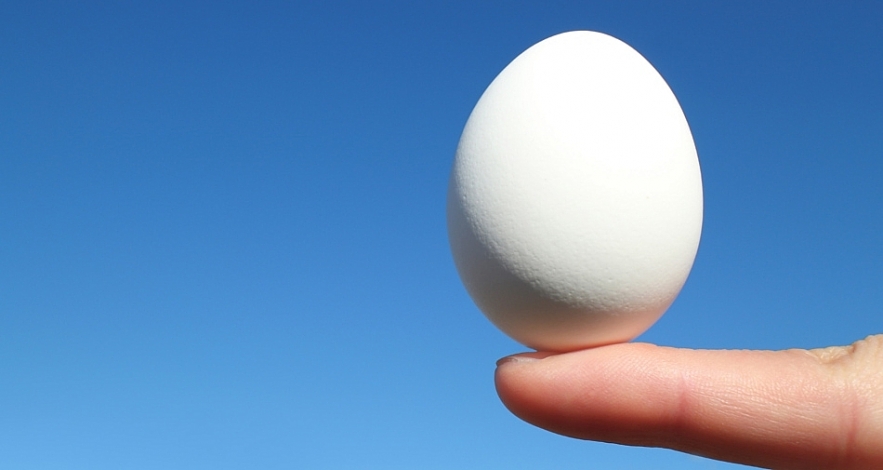 |
| Photo Farmers'Almanac |
Legend has it that on the spring equinox, you can balance an egg in an upright position thanks to the Earth’s position relative to the sun. Each season, this idea seems to pop up on the news, in social media, and in schools. We wondered … is it really true? So we reached out to Harry E. Keller, Ph.D., CEO of Smart Science Education Inc., for his scientific opinion. Here, three things to know about the equinox and eggs:
The equinox, explained: The spring equinox occurs when the Earth is tilted parallel to its path of motion around the Sun, which makes the length of the day and the night exactly the same. The idea that an egg could balance on this day comes from the thought that since the Sun and Moon are equidistant from the earth, the pull of gravity is equalized and therefore an egg is less likely to fall over. “This is simply not true,” says Keller. “Even were there such a solar influence, it would only work in one place at a time, and that place would be moving at a speed on the surface of the Earth of about 1,000 miles per hour at the equator. You would not have time to balance your egg!"
A balancing act: Is it possible to balance an egg in an upright position? The key is finding an egg with a yolk centered in the shell. “We stand upright by keeping our own personal centers of gravity within the bounds of our feet on the ground,” says Keller. “This is why standing on two feet is easier than standing on only one foot.”
This is a fun science experiement you can try at home, too!
| Materials 2 caps from 2-liter bottles of pop 1 egg hardback books Process Place one bottle cap open-side up on a smooth, level surface. Put the large end of the egg on the bottle cap. Put the other cap, open-side down, on the egg. Gradually add some books or other weighty materials. More egg trivia Spin an egg to see if it’s hard-cooked or raw. If it wobbles, it’s raw! The expression, “It’s so hot you could fry an egg on the sidewalk,” could only be true if the sidewalk reached a temperature of 300°F. Eggs have tiny pores just like human skin. Through these pores they can absorb flavors and odors, so it’s best to store eggs in a carton in a refrigerator. Eggs age more in one day at room temperature than in one week in the refrigerator. If you accidentally drop an egg on the floor, sprinkle it with a lot of salt before you clean it up. This makes clean-up easier. |
| THE EQUINOX ISN'T THE ONLY TIME YOU CAN BALANCE AN EGG You may have heard the myth that you can balance an egg on its end during the vernal equinox, and you may have even tried the experiment in school. The idea is that the extra gravitational pull from the Sun when it's over the equator helps the egg stand up straight. While it is possible to balance an egg, the trick has nothing to do with the equinox: You can make an egg stand on its end by setting it on a rough surface any day of the year. |
READ MORE: How to Boil Eggs in Different Styles?
Why Is Spring Equinox Celebrated?
The spring equinox, or vernal equinox, has been celebrated for centuries. Historically, the spring equinox has represented more than just the first day of spring or when the flowers begin to bloom. It has become a symbol for rebirth, fertility, and new beginnings.
According to History.com, different cultures have celebrated the spring equinox for different reasons and in different ways. In ancient Maya, Mexico, people publicly gather on the equinox to watch the sun make shadows against the Pyramid of Kukulcan or El Castillo. The shadows are said to resemble a large, moving snake that descends down the pyramid throughout the afternoon as the sun moves.
In Japan, the spring equinox has been celebrated as a national holiday since 1948. Called Vernal Equinox Day or Shunbun no Hi, the celebrations include a one-weeklong festival, Haru no Higan. People celebrate by cleaning their homes (to signify a new start or rebirth), visiting their childhood homes, and/or visiting and cleaning off the gravesites of their beloved departed.
Millions of people around the world celebrate the vernal equinox as a secular holiday known as Nowruz or the Iranian New Year or Persian New Year. The Persian New Year marks the first day of the month—known as Farvardin—on the Iranian calendar. Most often a 13-day celebration, people often celebrate by jumping over a bonfire or lighting fireworks.
In the U.S. there is no one-fits-all ritual, per se, that Americans rely on to celebrate the spring equinox. It has become more about enjoying the weather, spending time in nature, planting flowers or gardening, and even decorating Easter eggs to prepare for the upcoming holiday.
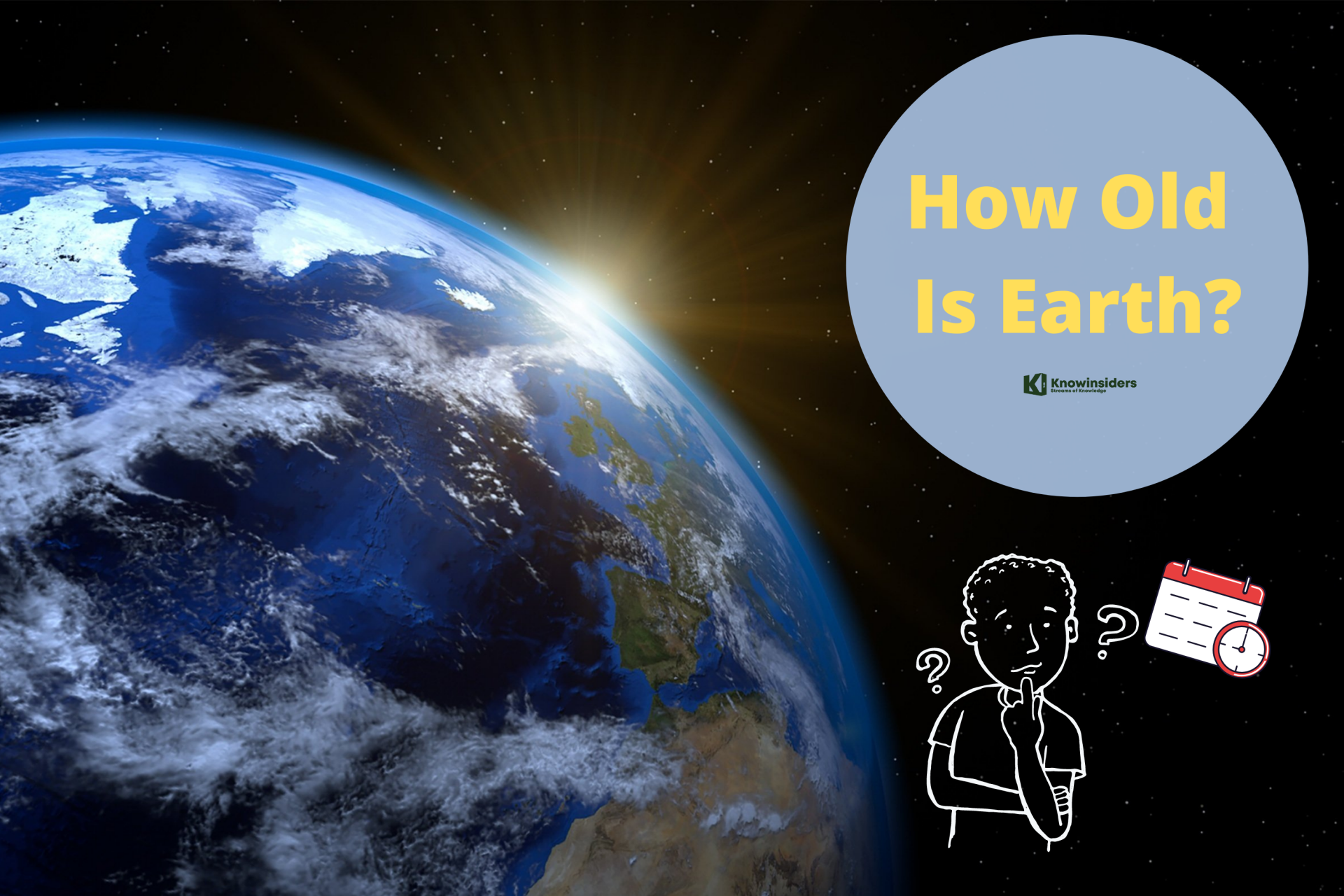 How Old Is The Earth In Science, Bible How Old Is The Earth In Science, Bible Although the universe is thought to be about 13.77 billion years old, planet Earth is much younger than that. Scroll down to know how old ... |
 15 Strangest Places on Earth You Won’t Believe Exist 15 Strangest Places on Earth You Won’t Believe Exist Earth is an extraodrinary planet, and so are many parts on Earth. Let's take a look at top 15 strangest places that you wont believe ... |
Chinese rocket debris tracker: How to see location where it will land and When it will fall to Earth? Chinese rocket is expected to reenter ... |


